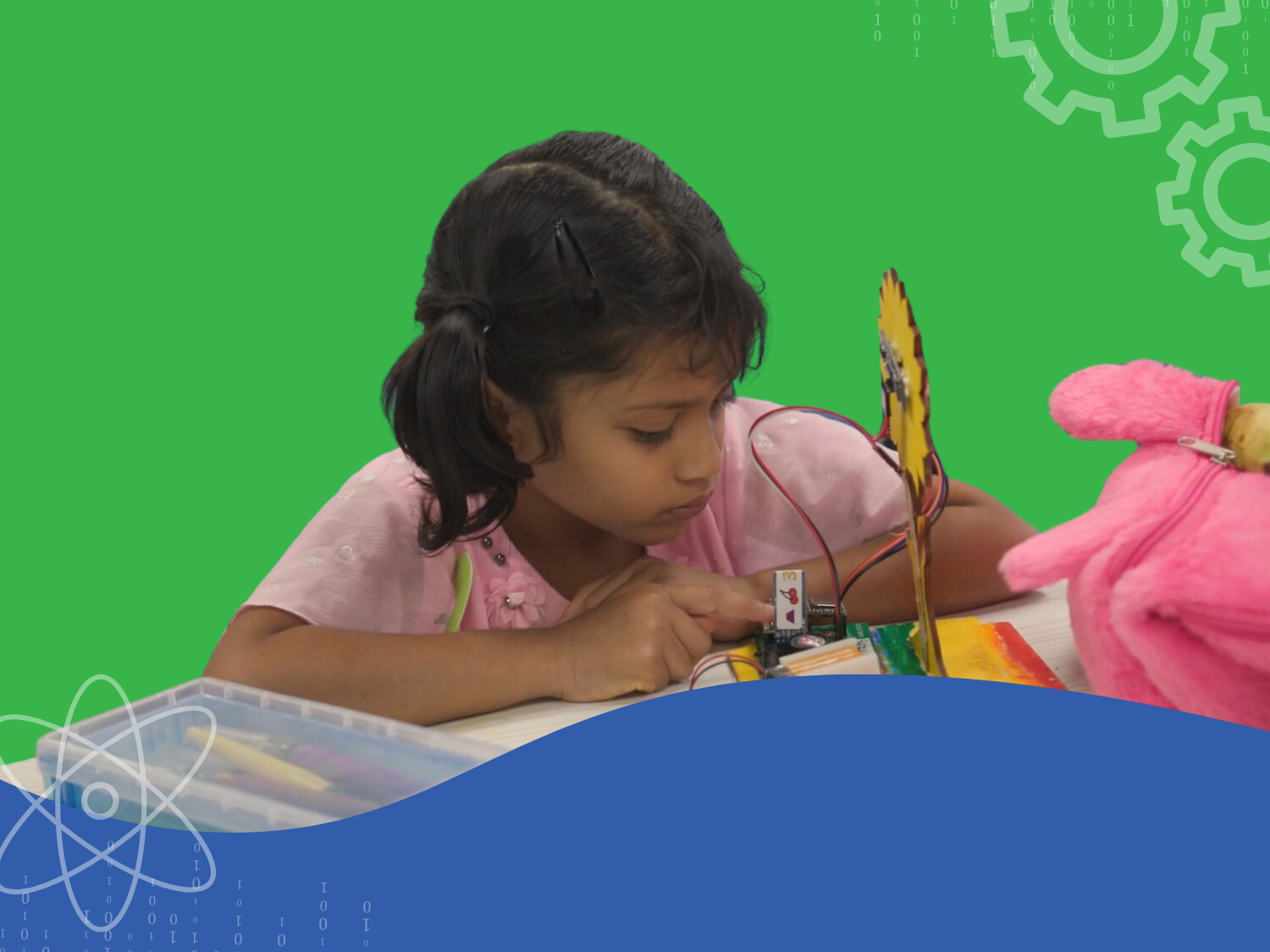For young children, play is an important part of cognitive, social, and emotional development. By engaging in activities that are centered around play, young learners are able to better understand their world and explore new ideas. In early elementary grades, STEM Project-based Learning (PBL) effectively turns play into a tool for engaging students in the curriculum.
STEM Project-based Learning in early elementary grades
Educators can leverage young learners’ natural inclination to play through hands-on activities that encourage students to guide their own learning. Project-based Learning is a dynamic approach that connects students’ innate need for play and hands-on activities with a structured educational experience. A PBL approach transforms play into an intentional activity that promotes self-led exploration, discovery, and problem-solving.
A key element of project-based activities in early elementary grades is the natural integration of play elements with targeted curricula. This combination of fun and learning enables students to develop critical skills such as collaboration, critical thinking, and creativity.
Benefits of Project-based Learning
Integrating project-based learning into early elementary education offers many benefits beyond traditional teaching methods. One of the primary benefits of PBL is how it improves student engagement and motivation. Young learners in particular are naturally curious and eager to explore the world around them. PBL taps into this curiosity and enables students to take control of their pathway to learning. Effectively maintaining their interest and promoting engagement with the curricula.
Furthermore, PBL emphasizes real-world relevance by providing students with tangible results. This gives them a sense of accomplishment and deepens their understanding of both the world around them and the concepts being taught.

Tips for bringing PBL into early elementary classrooms
STEM project-based learning activities can be a valuable addition to any early elementary classroom. To implement PBL as part of your own educational approach, here are a few helpful tips:
- Start small. Start with short, easily digestible projects that students can complete in a few lesson periods or a couple of weeks. This allows students and educators to familiarize themselves with the structure of PBL activities before diving into more complex projects.
- Use PBL in all subjects. Project-based learning is not just for science projects––it can be implemented across many disciplines to engage students in a variety of topics. PBL translates well to English and literature, history, STEAM, and more.
- Build projects around curriculum, not the other way around. By creating projects that target specific points in the curriculum, educators can ensure that students receive the full educational benefit intended by the activity.
- Encourage student choice. Giving students options for how to learn improves both their engagement and motivation. Plus, providing opportunities for young learners to practice having ownership of their learning builds valuable skills they will carry through higher grades and beyond.
- For early elementary students, focus on hands-on activities. Because play is still so central to young learners’ lives, it’s important to mimic this in the PBL activities you provide. This will ensure the right balance of complexity of the content and engagement with the activity.
Using TinkRworks for PBL in the early elementary grades
At TinkRworks, we have created a variety of exciting hands-on STEAM project kits that engage students across a range of early elementary grade levels, catering to their interests and skills. These project-based kits are aligned with key curriculum standards––including NGSS, CCSS, CSTA, and TEKS. This makes our STEAM project kits a valuable addition at schools across the country. Activities are robust, but only take 10-18 hours of instruction. Even the shortest attention spans won’t lose interest before the project is complete. Plus, the diversity and range of our STEAM projects make them an effective addition to any science, math, ELA, music, art, social studies, or STEM/STEAM class.
By embracing STEM project-based learning in early elementary grades, educators can create dynamic learning opportunities that are interactive and engaging for young learners. These hands-on activities can meet the educational needs of early elementary students while simultaneously nurturing their natural curiosity and desire to play.


